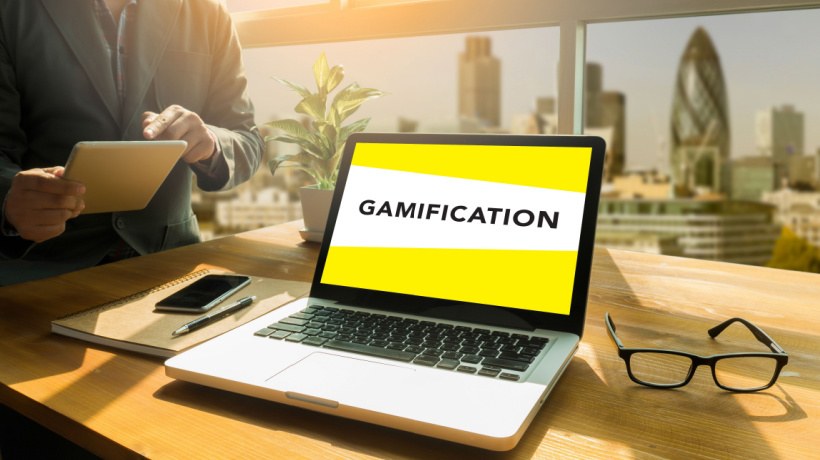Important Information About Play To Learn And Learning Game Design
There has been considerable hype around Play to Learn by both learning game and gamification experts as well as educators in general. Karl Kapp teaches Instructional Technology at Bloomsburg University and has had a noteworthy career showcasing expertise in gamification, games and learning. Karl has demonstrated great interest in both the theoretical and practical aspects of game-based learning. He has explored various gamification and learning game design techniques. He has also delved into how these can lead to more effective learning and increase of employee productivity.
Sharon Boller is the President of Bottom Line Performance, a company that provides learning solutions for the corporate sector. Bottom Line Performance designed the award-winning Knowledge Guru learning game design platform. She also works with eLearning Guild, ATD, CLO and Training Magazine. Sharon gives presentations on game-based learning and effective strategies for designing learning games.
Karl Kapp and Sharon Boller have been running a workshop on learning game design and game-based learning for years and Play to Learn captures all the lessons learnt from it. The book features experiences, industry-best practices and things to avoid. It also provides an inside look into how learning game design is actually done. This is not your usual digital game book. It puts emphasis on learning board and card games as well as mobile learning games.
Play to learn starts with the notion that in order to produce games with an effective learning impact you have to actually start playing games. People who have no previous gaming experience will find this part of the book particularly useful. It highlights how you should start seeing games from a different point of view, that of the game designer. It is essential that you look at various aspects of the gaming experience with a more critical eye. You have to determine why a certain game is so interesting or how the rules and the dynamics are laid out. You also have to evaluate your reactions when you lose. In other words, you will have to adopt a dual role, that of the player and the designer.
Moving on to the next part of Play to Learn, the focus shifts on designing games in a way that enables both online and face-to-face learners to fulfill their learning objectives. Learning game designers often lose track of the learning objectives. As a result, they make learning games that are overly engrossing, losing the balance between entertainment and learning outcomes. Karl Kapp and Sharon Boller provide a meticulous analysis of how to create learning games. They demonstrate how to achieve learning game design without losing track of the instructional goals and learning objectives. They also emphasize the role of player personas learners can identify with as well as learning game limitations.
The third part of Play to Learn is dedicated to the importance of creating a game prototype and having learners evaluate it and provide feedback. In this case the authors have devised a thorough guide on how to produce a prototype of the game. They also stress the importance of quality assurance before actually releasing the learning game.
The fourth and final section of Play to Learn transitions you from the prototype stage to the actual product launch of the learning game. The book presents a suggested synthesis for the game design team as well as learning game design software to use. It showcases game design principles and how to apply them. The book concludes with the deployment stage of a learning game project. It addresses project aspects such as marketing and communications as well as tips on how to handle them effectively.
Learning games are here to stay. Play to Learn provides rich and thoughtful insights into all stages of the learning game design process. From physical all the way to online games, this book features some great techniques, worksheets and guidance on how to design games that align with your business and learner needs.









